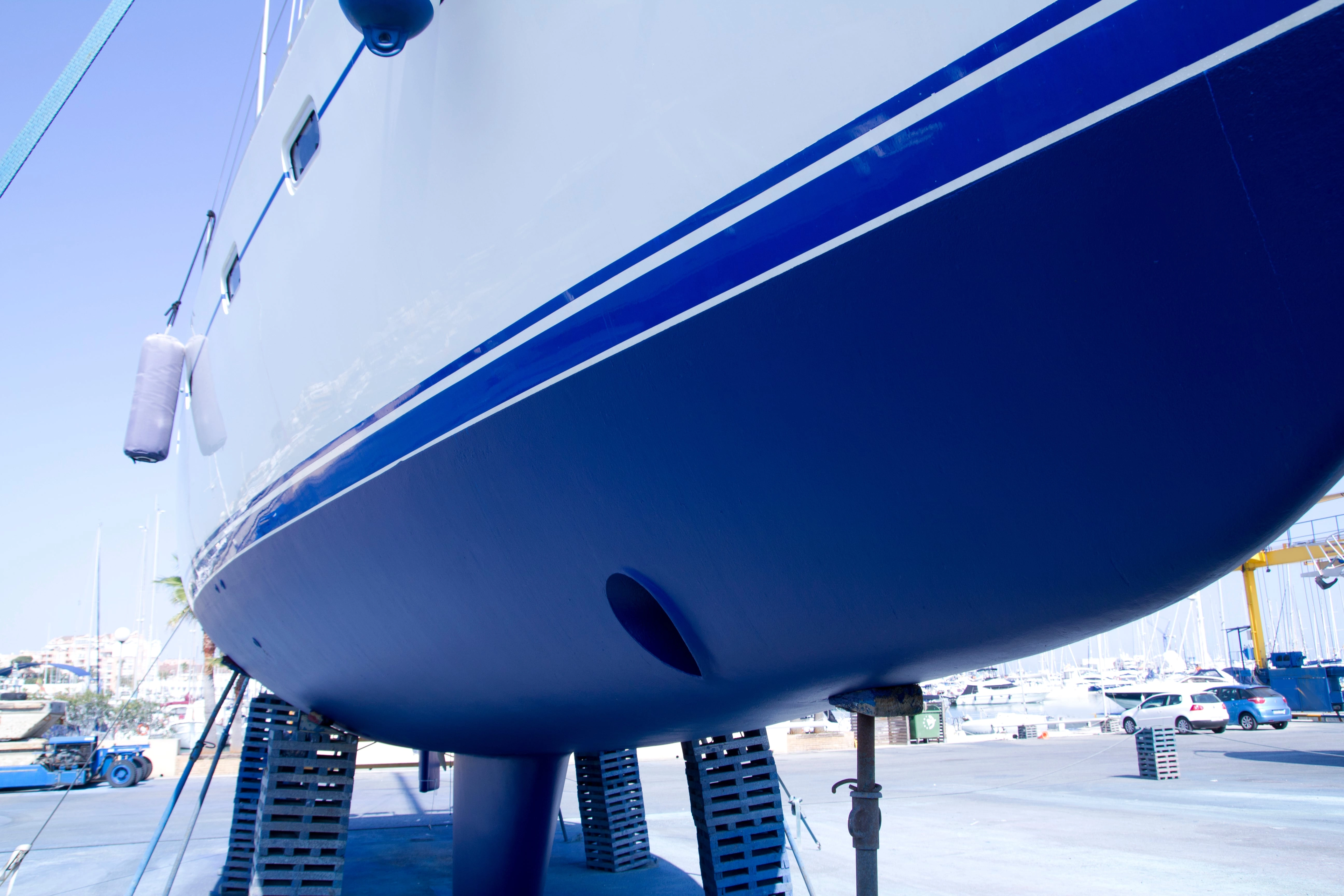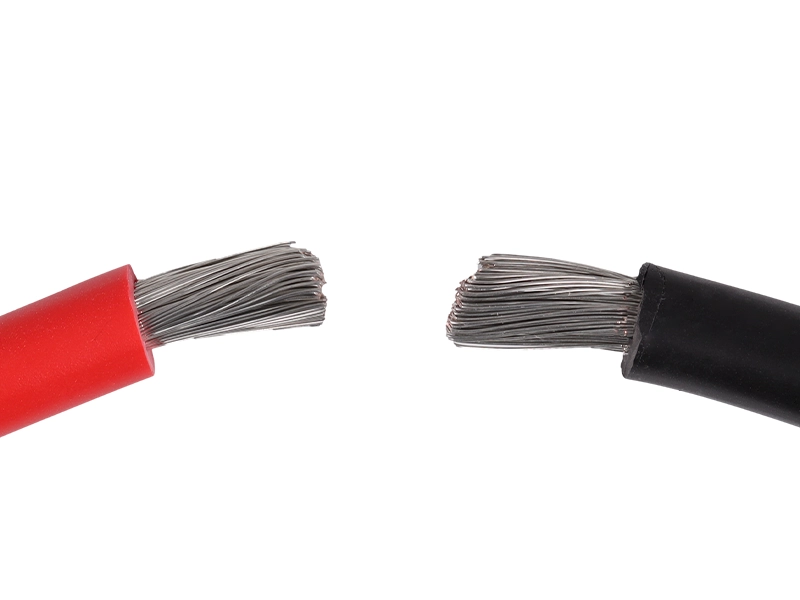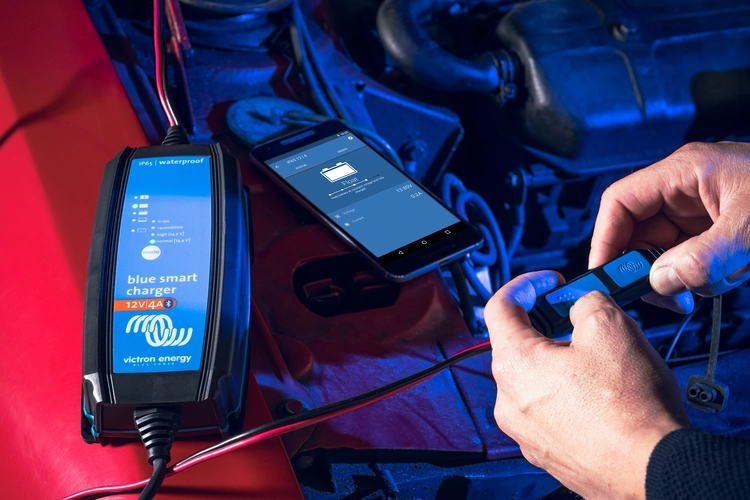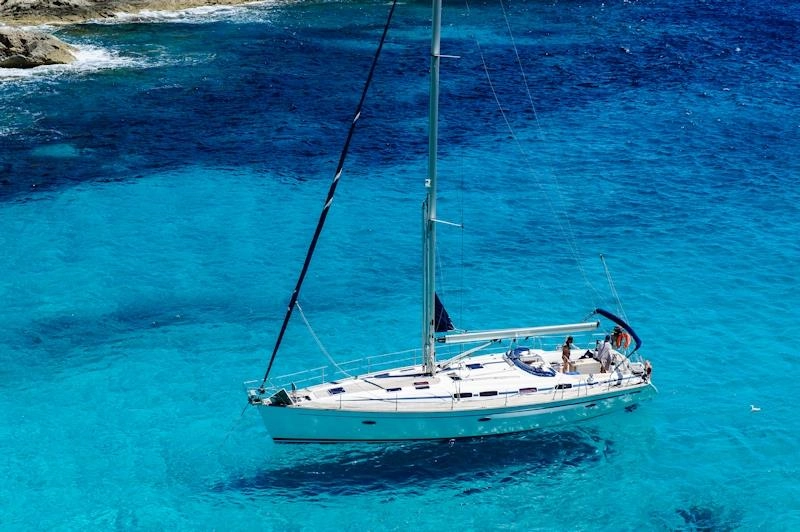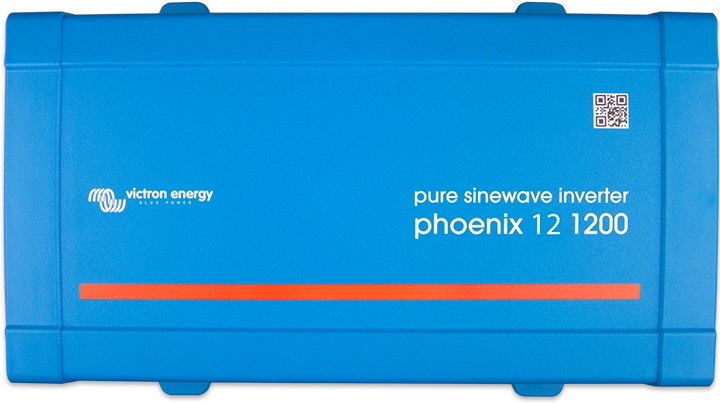



HOW MUCH ANCHOR CHAIN SHOULD
YOU LET OUT WHEN ANCHORING?
Anchoring is an essential part of boating, it opens a whole other world of opportunities. You are not tied down to making it to a marina or mooring, if you find a nice spot you can stop for a meal or have a lover overnight stay. Being able to set an anchor properly is critical to keeping your boat in place and one of the key components of anchoring is determining the correct length of chain to use. In this article, we will explore how to determine the appropriate length of chain for your boat.
The Importance of Chain Length
Before we dive into the specifics of how much chain you need, let's take a moment to understand why chain length is essential. When you drop your anchor, the weight of the chain helps to keep the anchor on the seabed, preventing it from dragging along the bottom. The length of the chain also determines the angle at which the anchor pulls on the seabed, which is known as the scope. The greater the scope, the more horizontal force the anchor exerts on the seabed, and the less likely it is to drag or be pulled up and out.
Determining Chain Length
So, how do you determine the correct length of chain for your boat? The general rule of thumb is to use a scope of 5:1 or 7:1, which means that for every one meter of water depth, you should use five to seven meters of chain. However, this rule is not always accurate, and there are several factors to consider when determining the appropriate length of chain.
Water Depth
The first factor to consider is the water depth, not the current water depth but the max depth while you stay (the depth when the tide will be at it’s highest). As mentioned earlier, the general rule of thumb is to use a scope of 5:1 or 7:1 depending on the conditions and space in the anchorage. For example, if you are anchoring in 3m meters but the max depth is 5.4m, you should use 27 to 38 meters of chain which is 5-7 multiplied by 5.4.
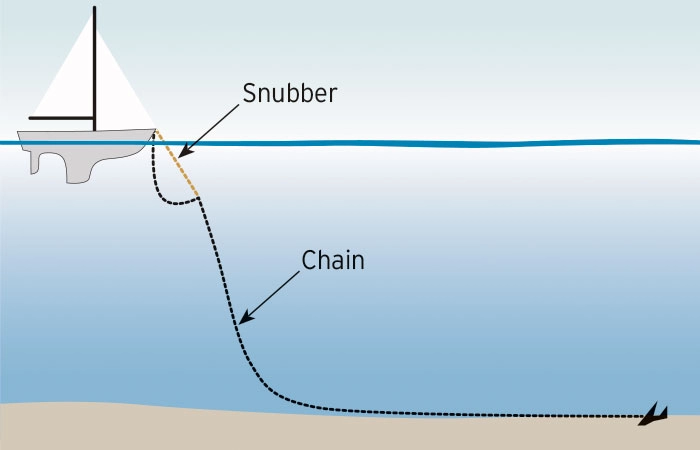
In a crowded anchorage, you may not have space to put out this amount without getting too close to other boats, a 3:1 & 4:1 ratio can be used however in a 3:1 you need to be more careful of changing conditions.
Snubber - A snubber is a bit of rope which attaches to your chain and gets cleated off, it acts as a shock absorber if winds pick up. If you are using a windlass you definitely want to use of these so the weight of the boat isn't resting on the windlass protecting it from braking.
Sea Bed
The second factor to consider is the type of seabed. Different seabeds require different amounts of chain. For example, if you are anchoring in sand or mud, you will need less chain than if you are anchoring in rocky or weedy seabeds. In general, you should use more chain in rocky or weedy seabeds to ensure that the anchor is secure.
Your charts will usually show if the seabed is rocky, sandy or muddy but to find out if it is weedy usually you will try to set an anchor and if it is not setting, when you pull it up there will be weeds on it. Clean these off and try to set it again but let out more chain.
Try to avoid anchoring in a rocky area as you can have problems while setting it and also pulling it up as the anchor can get stuck on a rock.
Wind and Current
The third factor to consider is wind and current. The stronger the wind or current, the more chain you will need to use. This is because the chain acts as a shock absorber, reducing the strain on the anchor and preventing it from dragging. As a general rule, you should use more chain in windy or current-heavy conditions.
Conclusion
In conclusion, determining the correct length of chain for anchoring is essential to ensure the safety and security of your boat. While there are general guidelines to follow, there are several factors to consider, including water depth, seabed type, wind and current. By taking all of these factors into account, you can determine the appropriate length of chain for your boat and anchor with confidence.
A little side note - Erroring on the side of caution and putting out more chain (if you can) is never a bad thing, it will ensure safety if conditions change however be courteous of other as anchorages are for everyone.

